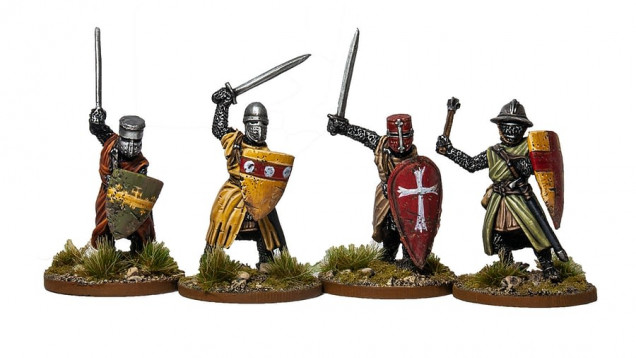
PanzerKaput Goes To Barons' War
Battles of Magna Carta, Part Two
1215: THE SIEGE OF EXETER CASTLE
The dissent of the Barons now takes centre stage in what is now Exeter, far to the South-West of Rochester. Rougemont Castle is also known as Exeter Castle, and is a Norman structure, with some Roman origins. It was a Crown stronghold, but rebel barons captured it for a time.
1215: THE SIEGE OF TONBRIDGE CASTLE
Tonbridge Castle was enlarged before 1100, with a squat tower. In 1215 Richard FitzGilbert’s grandson, Richard de Clare, attended the sealing of Magna Carta. King John then attacked and seized the castle, but it was returned two years later. A larger stone castle was rebuilt, including the massive gatehouse which still survives.
1215: THE SACKING OF ELY CASTLE
In the relentless drive northwards by King John, many fortified sites were attacked. Ely castle was said to be ‘a strong fort of lime and stone’, within the precincts of Ely, but ‘that fort being often destroyed’ was rebuilt. The castle was said to have been finally taken and destroyed by Falk de Breauté, in 1216.
1216: THE SIEGE OF ODIHAM
Odiham had been a royal residence in the 12th century, but the present castle, built by King John from 1207 onwards, was built on a site to the North-West of the town. It was built for the King to enjoy hunting in Odiham’s Royal Deer Park. John visited on 4th June and then again on 9th June, meeting the Bishop of Winchester and proceeding to Windsor and Runnymede the following day. Following the sealing of Magna Carta King John stopped the night of 26th June at Odiham on his way to Winchester. Odiham Castle put up stout resistance to a French siege the following year, which inflicted so much damage as to need rebuilding, with the octagonal keep. These efforts supported the defence of Windsor Castle and help to ensure the French siege was repulsed there as well.











































































Leave a Reply